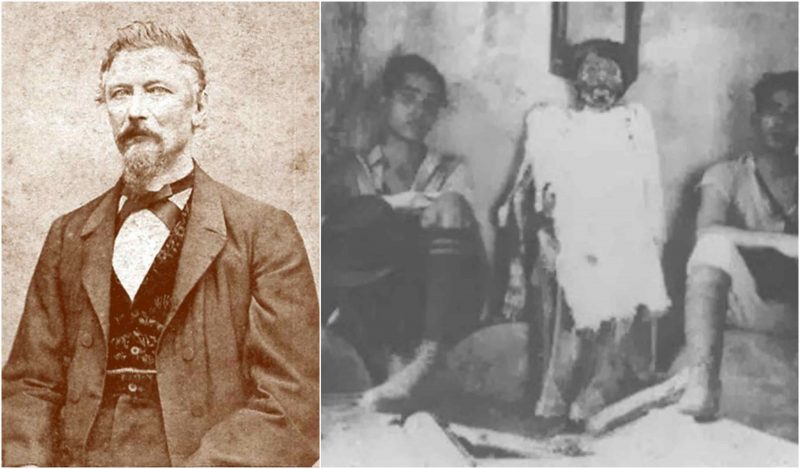August Gottfried Knoche was a German doctor, born in 1813. He is noted as the inventor of a mummifying embalming fluid for which the formula has never been found.
With Knoche’s fluid, the organs didn’t have to be removed from the body. He mummified many corpses, including his own.
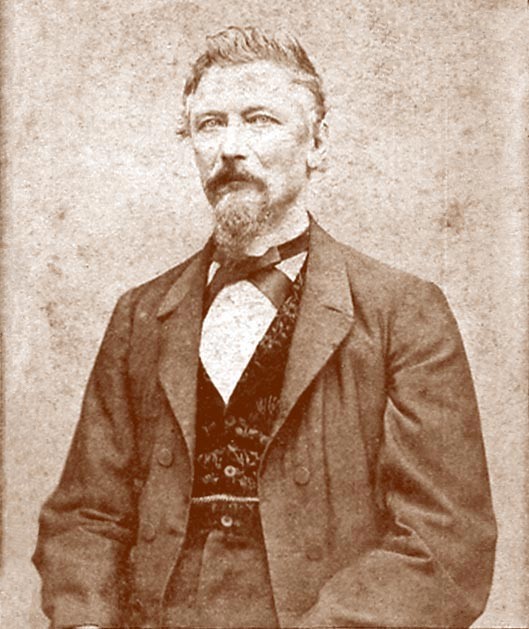
Until 1840, Knoche was a medical student at the University of Freiburg and worked in the University’s hospital. Then he decided to move to Venezuela and settled in La Guaira as one of the many German emigrants there at the time. He started working as a doctor and later brought his wife and daughter from Germany to work as his nurse and assistant.
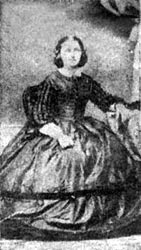
People liked him because of his braveness and generosity. He fearlessly fought against cholera outbreaks and treated the poor without charging them. The Universidad Central de Venezuela certified his credentials as a doctor in 1845.
Knoche loved riding horses and was going on excursions in the mountains whenever he could. He loved nature and purchased land to do farming. His land was called “Hacienda Buena Vista.” He helped in the reestablishing of the old “Hospital San Juan de Dios” and during the Federal War (1859–1863), he helped there with the wounded soldiers and the dead bodies.
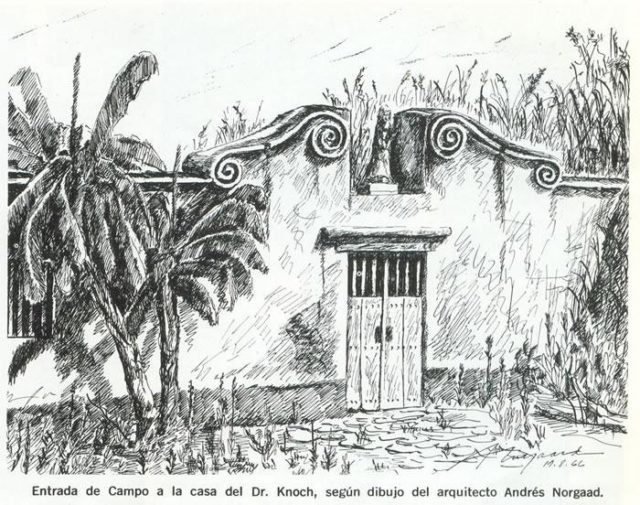
He helped in the reestablishing of the old “Hospital San Juan de Dios” and during the Federal War (1859–1863), he helped there with the wounded soldiers and the dead bodies. It was at this time when Knoche’s interest for the process of the body’s decomposition awoke.
When there were unclaimed bodies from the battlefields, he took them on a muleback to his house at Buena Vista where he had his own laboratory. He used the corpses for experimenting with his invention – an embalming fluid that he injected into the veins. Apparently, he managed to preserve the cadaver without having to remove the organs.
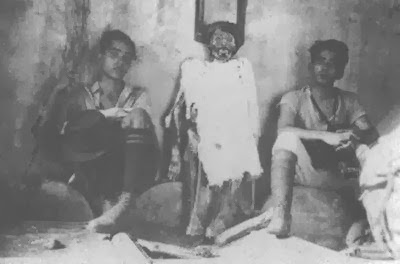
There were different kinds of rumors about Knoche’s experiments. The most popular one is that he mummified Tomas Lander – a Venezuelan journalist and politician. Apparently, he had been asked by Lander’s family to do so. After Knoche had finished the process, the corpse was dressed elegantly and placed at Lander’s working desk.
The mummified corpse had been there for years until President Antonio Guzmán Blanco had it buried. However, Lander had actually died in 1845, years before Knoche developed his formula.
Knoche spent his last years at his hacienda with his sister, daughter, and son-in-law while his wife returned to Germany due to the Venezuelan weather. He also had help from a nurse (and possibly cousin) Amalie Weismann to whom Knoche entrusted the proper dosage for the mummification of his own body.
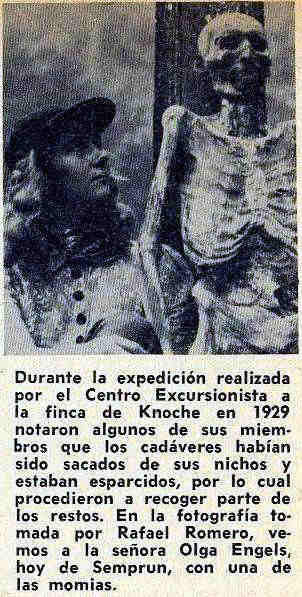
However, Knoche never revealed the secret ingredients of his fluid. It is believed that it have been based on an aluminum chloride compound, but nobody has re-invented it after Knoche. His body remained in the private mausoleum in the hacienda.
The bodies from the mausoleum were removed in 1929 by an exploratory team, and it was said that mummified dogs were standing in front of the mausoleum as guardians.
